Enter LC50 Values for Raw Materials
Enter LC50 Values for Raw Materials This is a brief guide to entering LC50 values for raw materials on to Formpak to facilitate mixture calculations for inhalation toxicity relating to GHS and Safety Data Sheets. Background in GHS GHS refers to different types of airborne ‘stuff’: gases, vapours, dusts/mists. The units in GHS for these different forms are gases ppmV, vapours mg/l and dusts/mists mg/l. The calculation to estimate the ATE Inhalation requires the airborne form and the u...





















